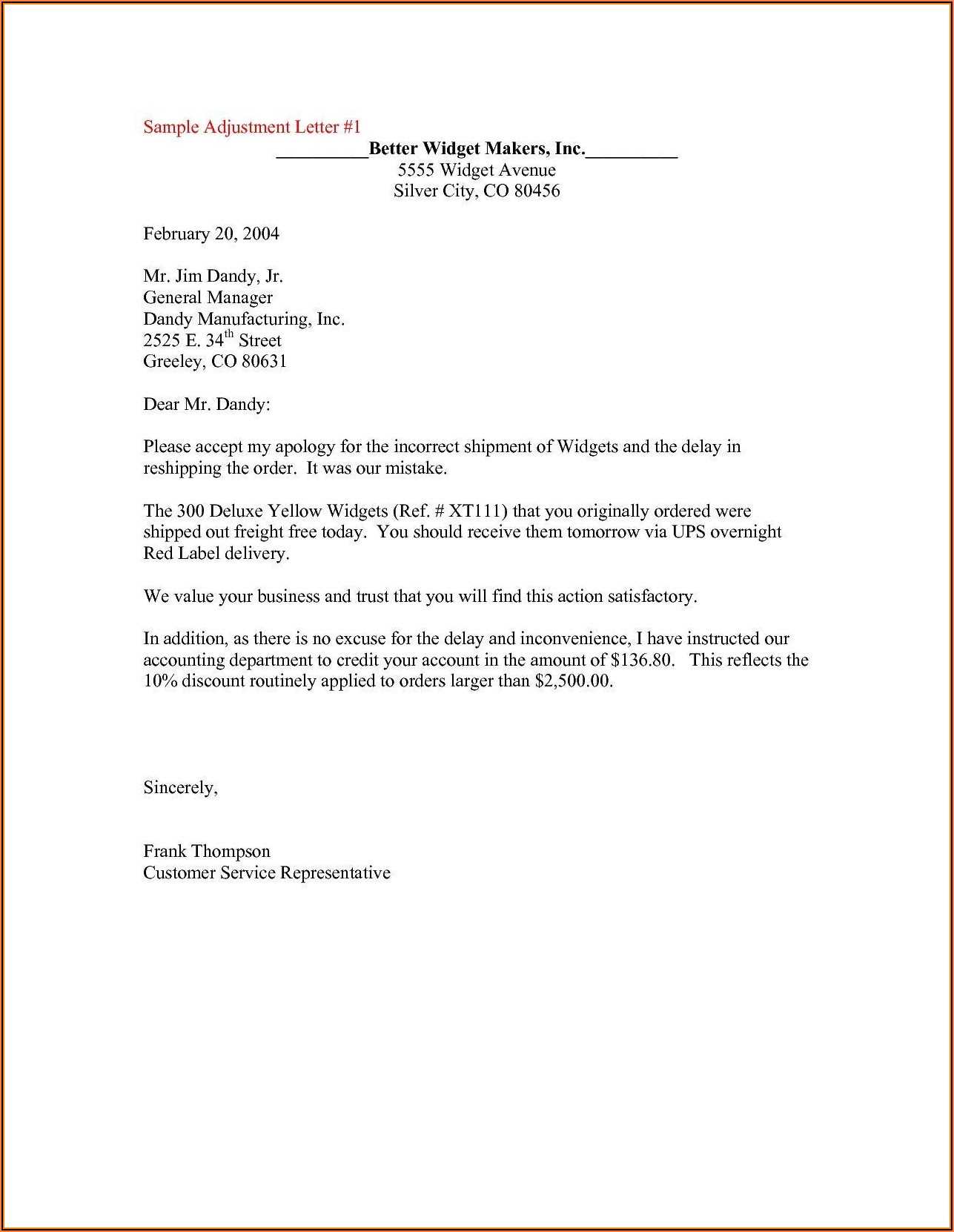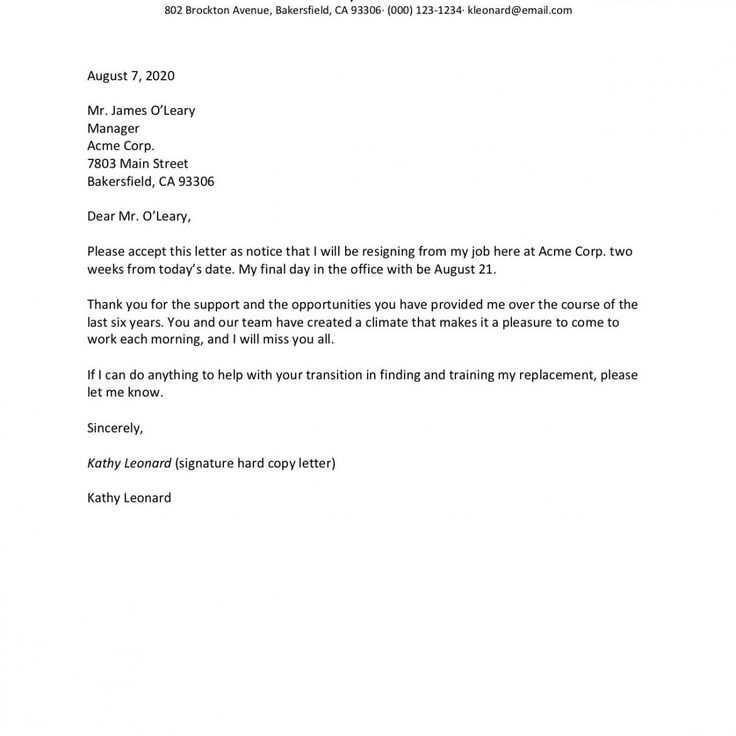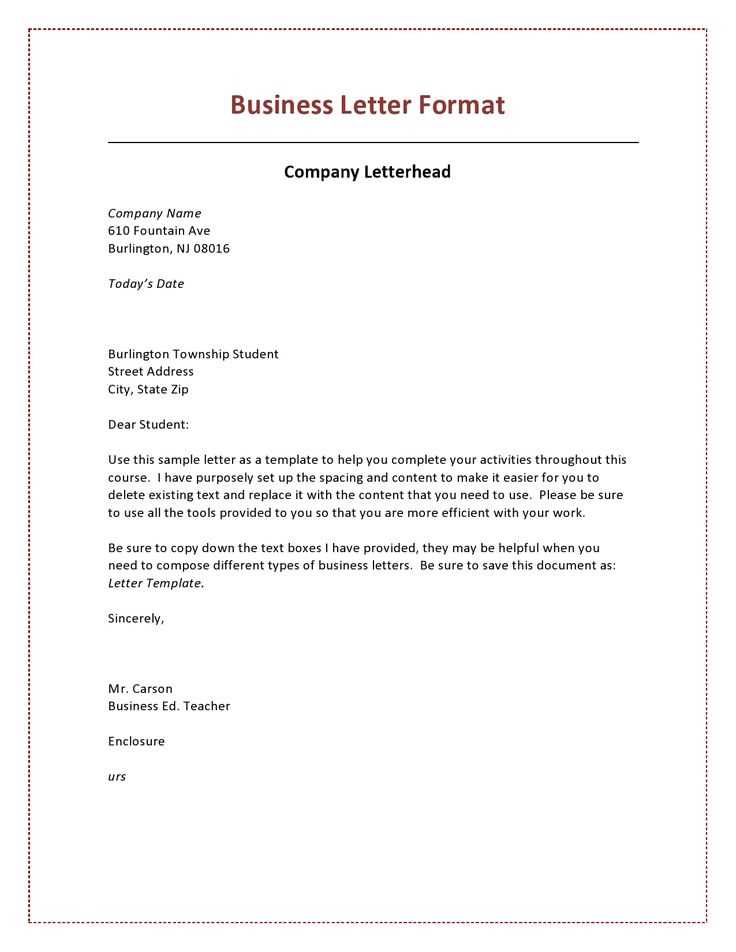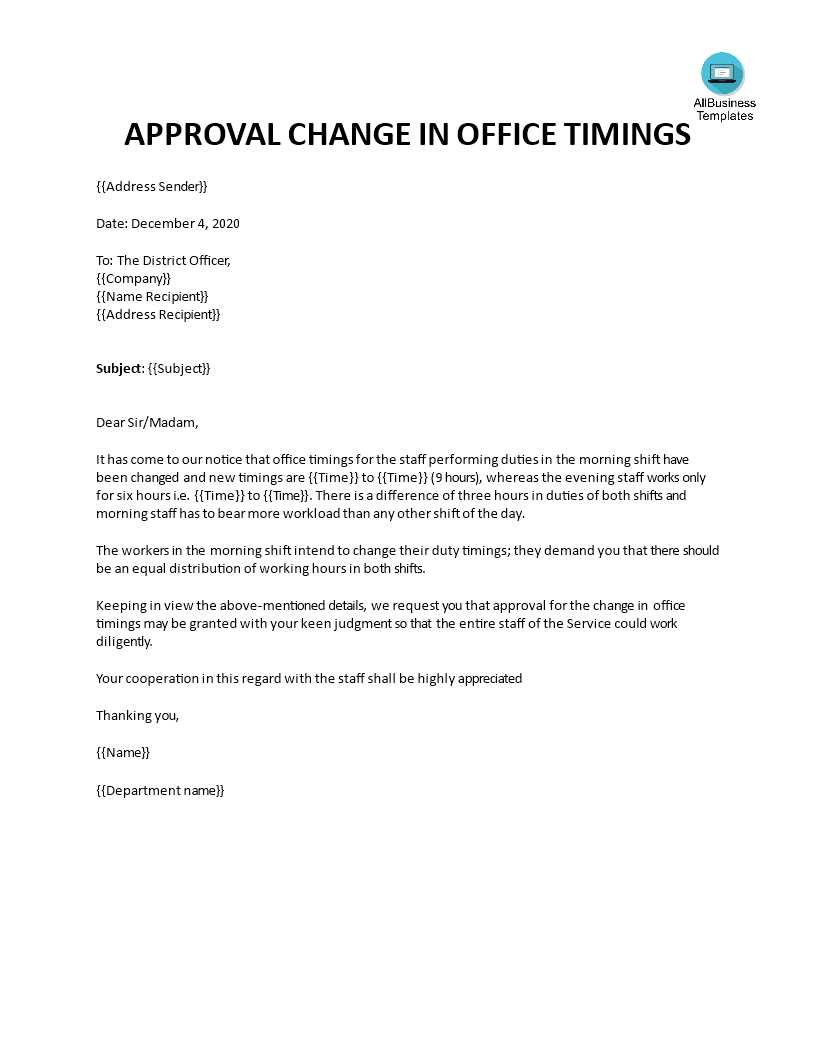Change in Hours Letter Template for Your Business

In the dynamic world of business, informing customers or employees about shifts in operational timelines is essential for smooth interactions. Whether you’re adjusting service availability or altering work routines, clear communication plays a crucial role in minimizing confusion and maintaining trust.
Crafting a well-structured notice can help convey the necessary details professionally, ensuring recipients are well-informed and prepared for the upcoming changes. A carefully worded message can foster understanding and prevent misunderstandings.
Whether you are making temporary adjustments or implementing a permanent modification, using the right approach can significantly impact how the change is received. Understanding the proper format and tone is key to ensuring your message is both clear and respectful.
Why You Need a Change in Hours Letter
Communicating schedule adjustments is an essential aspect of maintaining a smooth workflow in any business. Whether it’s to inform clients or staff about modifications, clarity and transparency are key to ensuring that everyone is aligned with the updated plans. A formalized approach can help avoid confusion and ensure that the new arrangements are understood promptly.
Maintaining Professionalism and Trust
By notifying all relevant parties in a structured manner, you show professionalism and commitment to providing reliable service. A well-written notice not only communicates the updates but also reinforces your credibility and responsiveness, helping maintain trust during transitions.
Preventing Misunderstandings
Without proper communication, even small changes can lead to significant misunderstandings. A clear, concise notification helps to set expectations and reduces the likelihood of confusion, ensuring that your team or customers are not left guessing about the new schedule.
Key Elements to Include in Your Letter
When notifying others about changes in operational timings, certain details should be emphasized to ensure the message is clear and effective. A well-structured communication not only conveys the necessary information but also helps avoid confusion and misinterpretation. To make sure all essential aspects are covered, consider including these key elements.
Clear Reason for the Update – It’s important to explain why the adjustment is necessary. Whether it’s due to external factors, internal restructuring, or a seasonal shift, providing context helps recipients understand the rationale behind the modification.
Specific Dates and Times – Ensure that you include the exact start and end dates for the new schedule. This helps recipients plan accordingly and ensures they are fully aware of the timing changes.
Contact Information – Always offer a way for individuals to reach out if they have further questions or need clarification. Including your contact details shows your willingness to provide additional support and maintain open communication.
How to Structure the Change Notification
When crafting a notification about adjustments to your operational schedule, it’s important to follow a logical structure. A well-organized message not only ensures that all necessary information is included but also makes it easier for recipients to absorb the changes. Organizing your message in a clear, concise manner is key to effective communication.
Begin with a Clear Introduction
Start by stating the purpose of the message right away. Let the recipient know that there will be an update and briefly explain its importance. A clear introduction sets the tone and prepares the reader for the details that follow.
Provide the Specifics and Necessary Details
Next, provide the precise details regarding the adjustment, including the exact dates, times, or any other relevant information. This section should be straightforward, allowing the recipient to easily grasp the specifics without any confusion.
Keep the language simple and direct, avoiding overly complex phrases. This will help ensure that your message is easily understood and that the recipient knows exactly what to expect moving forward.
Examples of Change in Hours Letters


Having a reference to follow when drafting your own notice can be incredibly helpful. Below are some examples that can guide you in communicating schedule modifications clearly and professionally. These examples highlight different approaches, depending on the specific situation and audience.
Example 1: Business Hour Adjustments for a Seasonal Period

This example is for a company that adjusts its operating hours during the holiday season. It’s clear and direct, ensuring that customers are aware of the temporary shift.
- Subject: Seasonal Business Hours Update
- Message: Dear [Customer Name],
We would like to inform you that our business hours will be changing for the upcoming holiday season. Starting [start date], we will be operating from [new time range] until [end date]. We appreciate your understanding and look forward to serving you during this period.
Best regards, [Your Name]
Example 2: Temporary Staff Schedule Modifications
This example focuses on notifying staff members about a temporary change in their work schedules. It is straightforward and ensures clarity about the new timings.
- Subject: Temporary Schedule Adjustment
- Message: Dear [Employee Name],
Due to unforeseen circumstances, we will be modifying your shift hours starting [start date]. Your new schedule will be as follows: [new time range]. These changes are temporary and will end on [end date]. Please let us know if you have any concerns or need further clarification.
Best regards, [Your Name]
Examples of Change in Hours Letters
Providing examples of formal notifications helps illustrate how to communicate schedule shifts clearly and professionally. These examples highlight the different ways businesses can present their adjustments, ensuring recipients understand the new arrangements without confusion. Below are a few scenarios to consider when drafting your own communication.
Example 1: Temporary Schedule Adjustment
This type of notification typically applies when your business needs to adjust its operational times for a limited period. The message should include a clear explanation of the temporary nature of the change.
- Subject: Temporary Change in Business Hours
- Dear [Recipient],
- We would like to inform you that our hours of operation will be temporarily adjusted from [start date] to [end date].
- The new working schedule will be [new hours].
- We apologize for any inconvenience this may cause and appreciate your understanding.
- If you have any questions, please feel free to reach out to us at [contact information].
- Sincerely, [Your Name]
Example 2: Permanent Schedule Change
For a permanent adjustment, your notification should clearly state the ongoing nature of the update, making sure recipients understand that this is a lasting modification.
- Subject: Important Update to Our Operating Schedule
- Dear [Recipient],
- We are writing to inform you of a permanent change to our operating hours starting from [date].
- Our new hours of operation will be [new hours].
- We believe this adjustment will help us serve you better, and we appreciate your continued support.
- If you have any concerns, please contact us at [contact information].
- Best regards, [Your Name]
Common Mistakes to Avoid When Writing
When crafting a formal notification about adjustments to your business schedule, it’s essential to avoid common pitfalls that can cause confusion or damage professionalism. A small mistake in wording, structure, or tone can lead to misunderstandings or a negative perception. To ensure your communication is clear and effective, here are some key mistakes to watch out for.
Vague or Incomplete Information
Failing to provide specific details, such as the exact dates and times of the update, can leave recipients uncertain about the changes. Always include clear and unambiguous information to avoid any confusion or questions. Be sure to outline the full scope of the adjustment and its impact.
Overly Complicated Language
Using overly formal or complex language can make your message harder to understand. Stick to simple, straightforward sentences that are easy to read. Avoid jargon or technical terms unless necessary, as clarity is the goal of any communication.